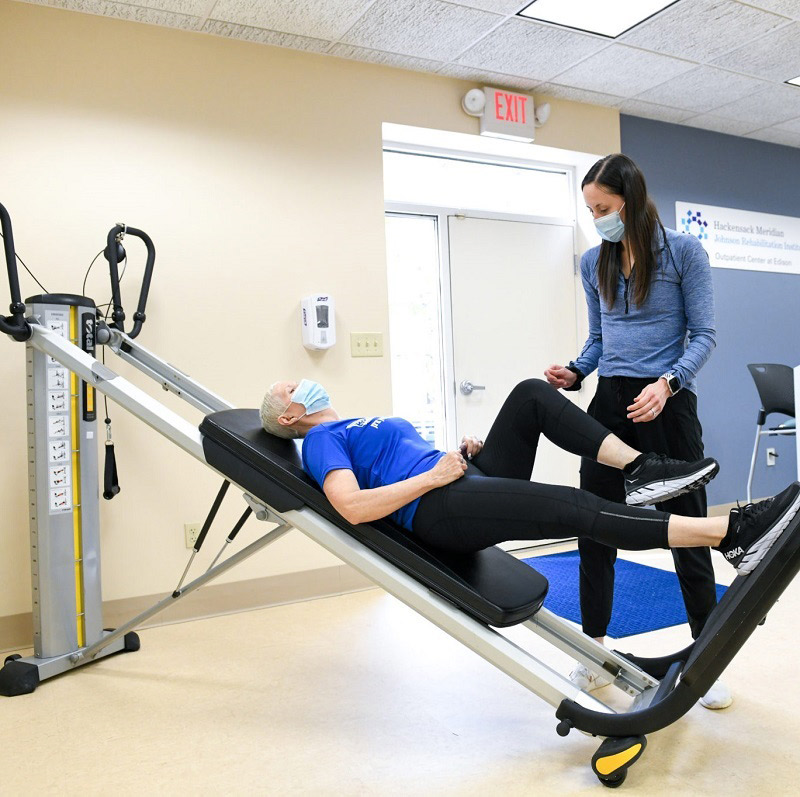Exploring the Intricacies of Persistent Aches Following Athletic Injuries and Its Effect on Restoration
Persistent discomfort is a significant issue that often follows athletic traumas, impacting numerous athletes and physically engaged persons. When someone suffers from a athletic trauma, such as a sprain, muscle tear, or break, the initial response usually involves soreness and inflammation. However, for some individuals, this discomfort does not diminish after the injury recovers. Instead, they may continue to feel discomfort long after the initial trauma. This persistent condition is known as long-term discomfort, and it can be difficult to manage. Comprehending the nuances of persistent discomfort is essential for both patients and medical professionals to ensure effective recovery.
One reason persistent discomfort can emerge after a physical trauma is due to the physiological reaction to tissue damage. When tissues are damaged, the body sends out signals to alert us of the injury. This response includes swelling, which is part of the recovery process. However, in some cases, this inflammatory response can become exaggerated or extended, resulting in ongoing discomfort even when the damage has resolved. Additionally, mental health aspects like anxiety and depression can influence how people perceive sensation. Athletes may feel stressed about returning to their sport, which can affect their interpretation of discomfort.

Persistent discomfort can seriously impact an individual athlete’s recovery process. It can limit their capacity to train and compete at their normal standards. Athletes may find themselves incapable to engage in practices or games due to concern of aggravating their condition. This situation can result in feelings of frustration and social withdrawal. When athletes cannot perform as they did before their trauma, it may also impact their mental health and sense of confidence. As a result, addressing both the physical and psychological visit aspects of recovery is crucial for overcoming chronic pain.
Multiple therapeutic approaches exist for addressing persistent discomfort following athletic trauma. Medical professionals often recommend a blend of physical therapy, medication, and complementary therapies like acupuncture or massage therapy. Rehabilitative exercise focuses on enhancing muscle power and flexibility while controlling pain through specific movements. Medications such as NSAIDs or analgesics may be recommended to temporarily ease symptoms. Each athlete’s condition is unique; therefore, creating a personalized care strategy that accounts for personal requirements and goals is crucial for effective rehabilitation.
In conclusion, chronic pain resulting from sports injuries is a multifaceted issue that demands careful consideration and intervention. It affects not only the bodily aspect of healing but also the mental health of athletes. By recognizing the underlying factors and effects of long-term discomfort, patients and healthcare providers can collaborate effectively more effectively toward rehabilitation. With appropriate treatment strategies and rehabilitative resources in place, many individuals can overcome chronic pain and return to enjoying their preferred physical activities link to the fullest.